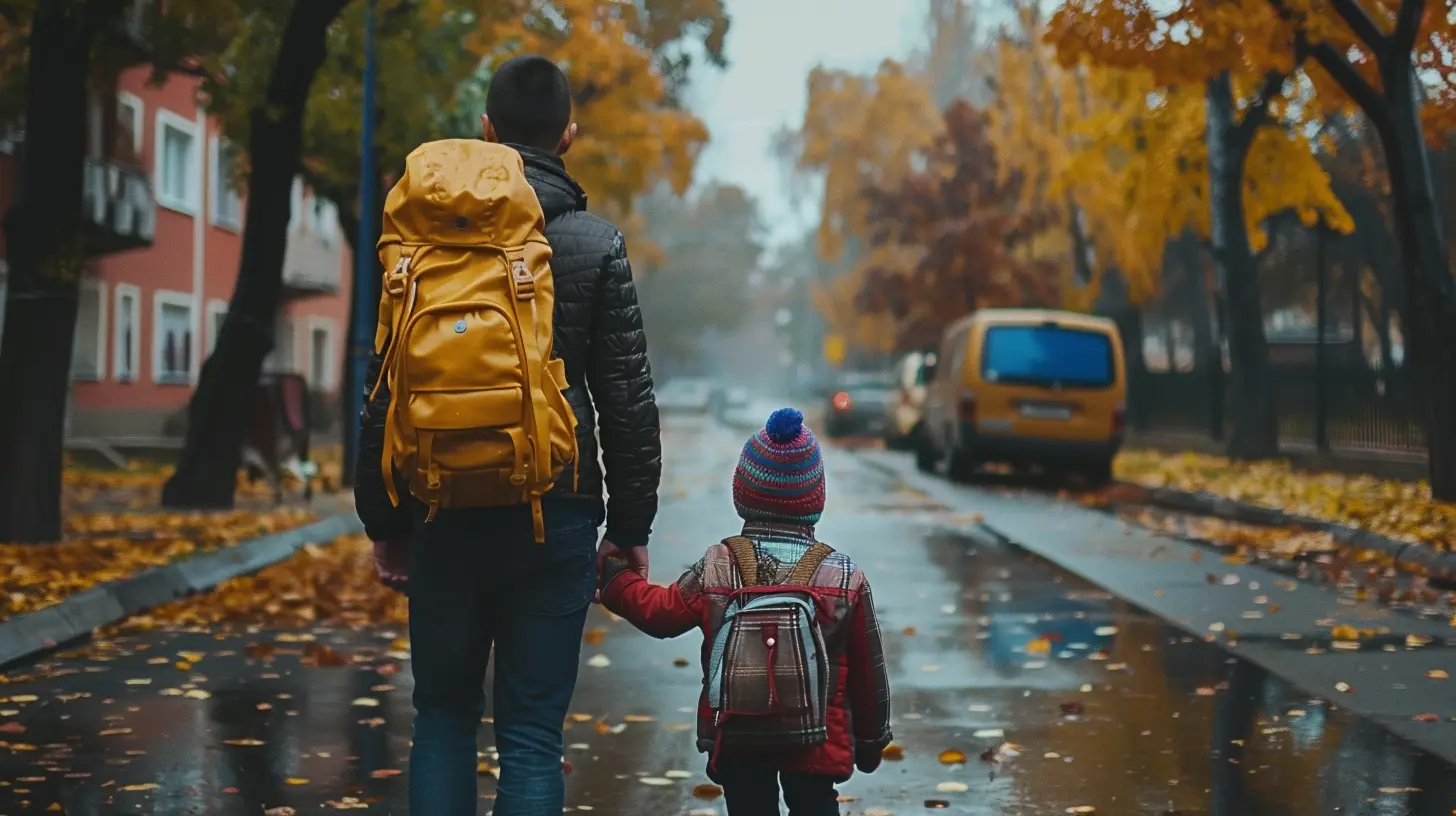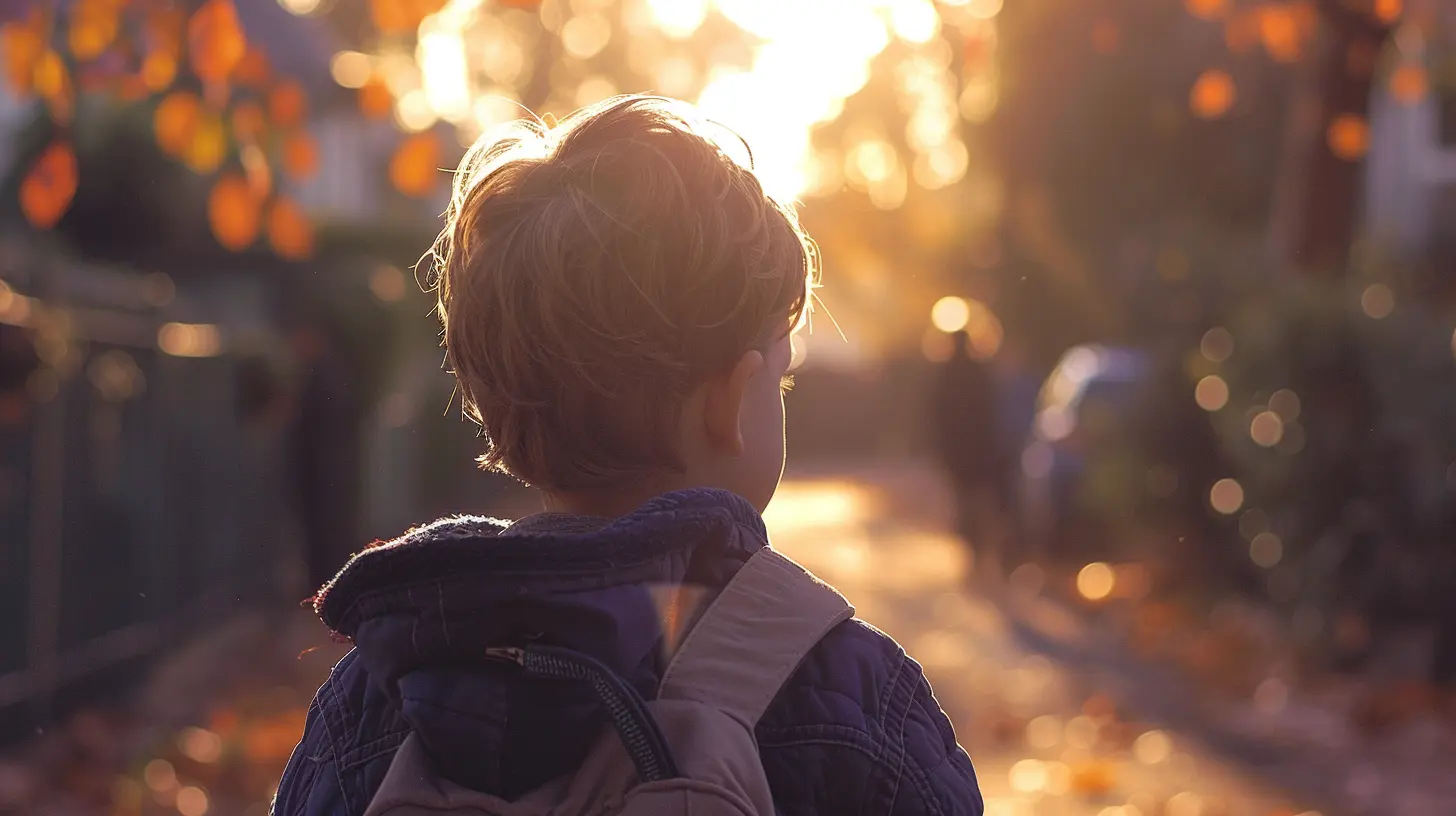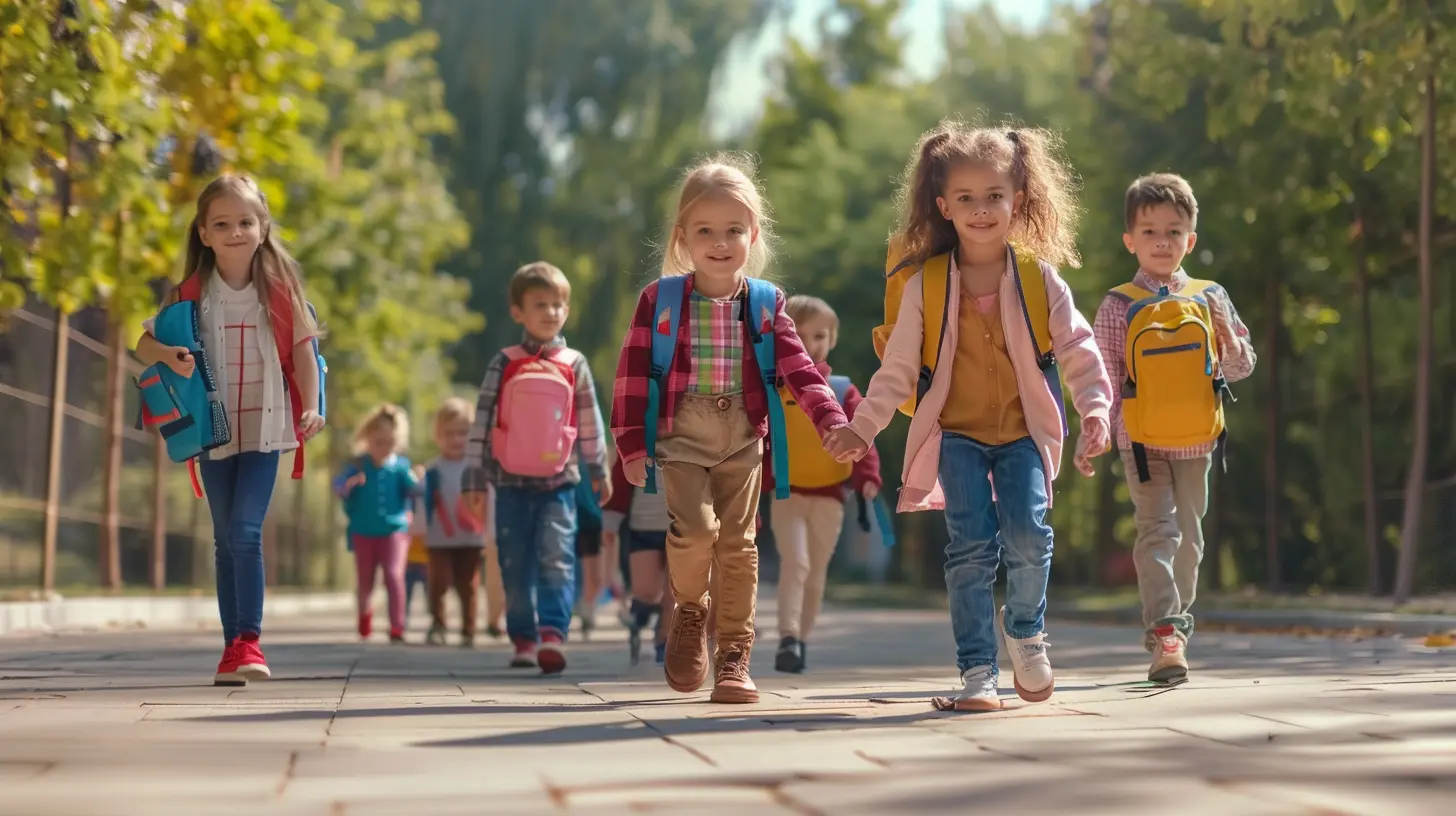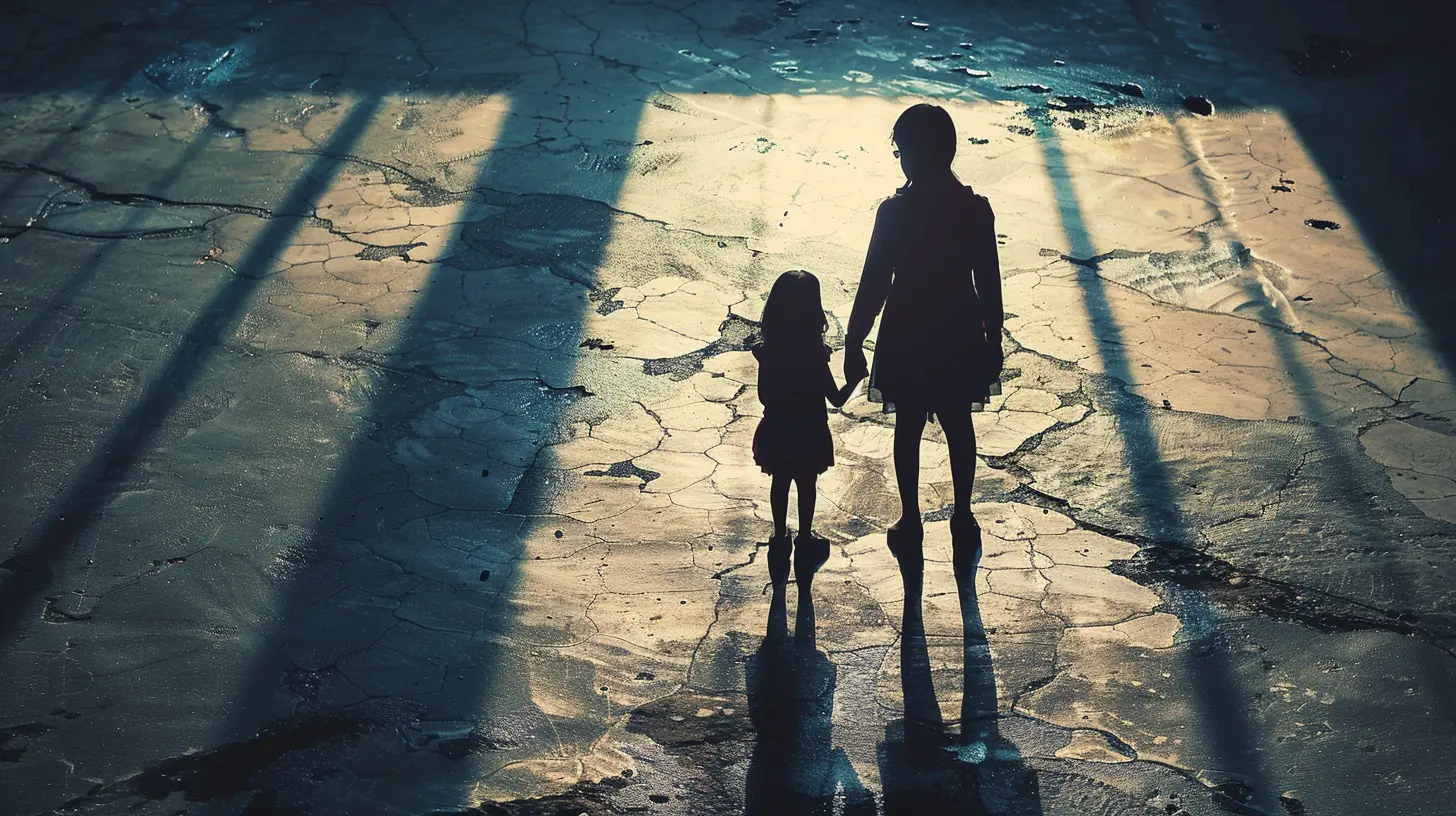The Role of Schools in Combating Bullying: What Parents Can Do
21 October 2025
Bullying. It's one of those words we wish didn’t exist—especially when we’re talking about kids. But let’s face it: bullying is real, and it happens more often than we’d like to admit. It can sneak into classrooms, lunchrooms, buses, and playgrounds. And while schools are the front line in this fight, parents are the secret weapon.
Yep, YOU have more power than you might think. Let's talk about how schools and parents can team up to kick bullying to the curb and create spaces where all children feel safe, seen, and supported.
What Exactly Counts as Bullying?
Before we roll up our sleeves, let’s get one thing straight—what is bullying, really?Bullying is intentional, repeated hurtful behavior towards someone who has a hard time defending themselves. It might be physical (hitting, kicking), verbal (name-calling, threats), social (spreading rumors, excluding someone), or digital (hello, cyberbullying).
Think of bullying like a virus—it spreads fast, can hide in plain sight, and leaves a lasting impact.
Why Schools Play a Big Role
Schools aren’t just buildings with desks and whiteboards. They’re mini societies where kids spend a huge chunk of their day. That makes them the perfect place to identify, prevent, and respond to bullying.Here’s why schools matter:
1. They Set the Tone
Ever walked into a school and immediately felt the vibe—maybe warm and welcoming, or maybe cold and tense? That’s school culture, and it has a big impact on bullying.When schools prioritize kindness, inclusivity, and respect, students pick up on it. It’s like setting the thermostat—when it’s warm with compassion, bullying tends to chill out.
2. Teachers Are the Watchful Eyes
Teachers aren’t just educators—they’re also observers, referees, and sometimes even conflict mediators. They see how kids interact and can often notice when something seems “off.”But here’s the twist—they need the right training and support to spot bullying early and intervene effectively.
3. They Have Policies (But They’re Not Magic)
Most schools have anti-bullying policies. Great start, but words on paper don’t always lead to action. Schools need to bring those policies to life—teach them, talk about them, and follow through with consistent consequences.
What Can Parents Do? (Besides Worry Their Socks Off)
Okay, now for the part where YOU come in. As a parent, you have more influence than any school handbook. And when you and the school are on the same page, that’s where the magic happens.Here’s how you can be a powerful partner in fighting bullying:
1. Keep the Communication Flowing (Seriously, Keep Talking!)
Start at home. Talk to your kids openly about bullying. What it looks like, what it feels like, and how to respond. Use real examples, role-play scenarios, and listen—really listen—when they talk about their day.Ask questions like:
- "Did anyone have a hard time at lunch today?"
- "Who do you feel safe with at school?"
- "What would you do if you saw someone being teased?"
Kids pick up on our cues. If we’re curious and calm when talking about tough issues, they’ll be more likely to open up.
2. Watch for Warning Signs
Sometimes kids don’t say it out loud, but their behavior tells a story. Look out for these red flags:- Sudden changes in mood or eating habits
- Avoidance of school or social situations
- Mysterious injuries or missing belongings
- Trouble sleeping or nightmares
These might be signs they're being bullied—or even bullying someone else.
3. Model Kindness and Respect
Want your child to be a defender instead of a bystander? Show them how it’s done. Treat others with empathy, stand up for what’s right, and talk about your values.When kids see us speak up for others, they learn courage. When they hear us praise kindness over popularity, they learn that being “cool” doesn’t matter as much as being caring.
4. Team Up With the School
If you suspect your child is being bullied (or bullying someone else), don’t stay quiet. Reach out to the teacher, school counselor, or principal. Be calm, specific, and ready to collaborate.Some tips:
- Keep records (dates, incidents, who was involved)
- Ask about the school’s anti-bullying plan
- Request regular updates or meetings
- Be persistent but respectful
Remember, it’s not about blaming—it’s about solving the problem together.
5. Teach Assertiveness, Not Aggression
Confidence is a shield against bullying. Help your child find their voice—one that’s firm, but respectful. Practice phrases they can use like:- “Please stop.”
- “I don't like that.”
- “Let’s ask for help.”
Help them understand that asking for help isn't tattling—it's standing up for themselves.
6. Monitor Their Online Life
Cyberbullying is real—and relentless. Since many kids are plugged in from the moment they wake up, it’s crucial to keep an eye on their digital world.Here’s how to stay in the loop:
- Follow or friend them on social media
- Set limits on screen time
- Discuss online safety and kindness
- Encourage them to screenshot and report bullying
The internet can be a playground or a battlefield—help them navigate it safely.
What If Your Child Is the Bully?
Whew. This is a hard one. No parent wants to believe their child could be hurting someone else. But if it happens, don’t freak out. Take a deep breath and face it head-on.Try this approach:
- Stay calm and avoid shame
- Ask open-ended questions: “What happened?” “Why did you do that?”
- Help them understand the impact of their actions
- Set clear expectations and consequences
- Talk to the school about support services (like counseling or social skill programs)
Bullying behavior can be corrected, especially with love, guidance, and accountability.
Encouraging a Whole-School Approach
No child should have to brave bullying alone. And no one group—parents, teachers, administration—can fix it on their own. It takes a whole community.Schools with the most success fighting bullying usually embrace a "whole-school approach," which means:
- Everyone is on board—from janitors to gym teachers
- Clear policies are taught to students and staff
- Kids are empowered to speak up
- Parents are involved and informed
- Students are taught empathy and conflict resolution
When the village truly comes together, bullying loses its power.
Building Resilience in Kids
While we work to prevent bullying, we also need to equip our kids to deal with life’s bumps—because let’s be honest, we can’t protect them from everything.Resilient kids:
- Know their worth
- Have a strong support system
- Can bounce back from challenges
How do we build that resilience?
- Praise effort more than outcomes
- Help them solve problems independently
- Remind them it’s okay to feel sad or angry—and show them healthy ways to cope
- Celebrate their uniqueness, always
Kids who know they're loved and capable are less likely to crumble under peer pressure and more likely to stand up for what's right.
Final Thoughts: You’re Not Alone
Bullying is tough. It’s emotional, messy, and at times, heartbreaking. But remember—you’re not alone. Schools are trying. Other parents are trying. And as a community, we can shift the culture.Start with open conversations at home. Stay connected with the school. Encourage respect, kindness, and courage. And most importantly? Be your child’s safe place to land.
We've got this. One kid, one conversation, one step at a time.
all images in this post were generated using AI tools
Category:
Dealing With BullyingAuthor:

Zelda Gill
Discussion
rate this article
1 comments
Thane McCarron
This article offers valuable insights into the collaborative efforts needed to tackle bullying. Schools play a crucial role, but parents must also actively engage in open conversations with their kids and reinforce positive behaviors at home. Together, we can create a safer, more supportive environment for our children.
October 23, 2025 at 4:59 AM

Zelda Gill
Thank you for your thoughtful comment! I completely agree—collaboration between schools and parents is essential in creating a supportive environment for our children. Together, we can make a difference.


